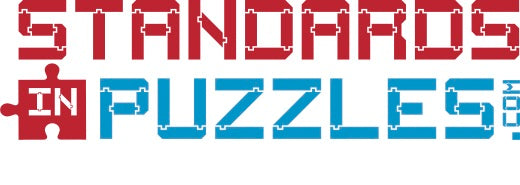The ticking of the “60 Minutes” clock sounds like a time bomb to me. When I hear it, I know that those essays sitting in my school bag are about to explode. It was a great weekend, overshadowed by the looming work that has been put off for way too long.
But who should really be assessing my student’s work - me on a Sunday night, or my students, in the classroom? It finally occurred to me that effective grading should be a collaborate affair. It should be a chance for students to take charge of their own achievement. Here are a few tips to bring grading back into the classroom and off of your dining room table.

Objective Assessments – Multiple Choice, Math Problems, Fill in the Blanks
1. Have students grade their own quizzes.
For privacy reasons, I was never a fan of the old “trade papers” technique, so I actually let students grade their own papers. Ask students to clear their desks of all papers and pencils. Give each student a colored pen and go over the quiz or test right away – in the same class period if possible. Students mark their own errors and see, in real time and while it is fresh in their minds, what they have missed. I usually spot-check the papers, but have found that kids are surprisingly honest about their errors.
2. Utilize Substitute Teachers
Working as a substitute teacher, I found that I had nothing to do during teacher planning time. Ask your supervisor if you could have a sub grade some of your papers during his or her down time. Most subs are more than happy to be of help and are grateful for something to do. Besides, they’re getting paid for the whole day, so they should be an available resource.
The Hard Stuff – Essays and Projects
3. Write in class, grade in class
The traditional model of essay writing involves students writing by themselves, and when they are done, they turn the work over to the teacher – and now it is his or her job to give feedback and a grade.
Better for both students and teachers to assess writing, in class, on a paragraph-by-paragraph basis, using a self-assessment rubric.

Decide on an objective for each paragraph of the writing. For example, if you are teaching students to begin a response essay by rephrasing the question, that would be the stated objective of the first paragraph. When students finish the first paragraph, have them use the self-assessment rubric to determine if they have met the objective and signal that they are ready for you. Take a look at the work and offer feedback, marking the paper with your notes.
If the next paragraph’s objective is to offer a statement and text evidence, have the students use the rubric to determine if they have done it.
Many teachers, especially in the lower and middle grades, find that it is more productive to address conventions on a one-at-a-time basis. You might, for example, want to concentrate of capitalization or end punctuation for a single piece of writing, rather than try to correct every mistake – which will surely drive you crazy.
At the end of the writing assignment, have students staple their completed rubrics to the front of their papers or submit them electronically. At that point, you have already helped your students grade their essays and all that is left to do is add up the scores.
To help with classroom management during this type of assignment, ask your instructional coach or a substitute who is on planning, to assist.
4. Make projects a whole class affair.
For projects completed out of class, have students turn the self-completed assessment rubric with the project. Use class time to have students present their projects to the class while you grade. For projects that cannot be presented, conference with each student regarding his or her project. This is a much more effective than the work and grading taking place in their respective vacuums.

